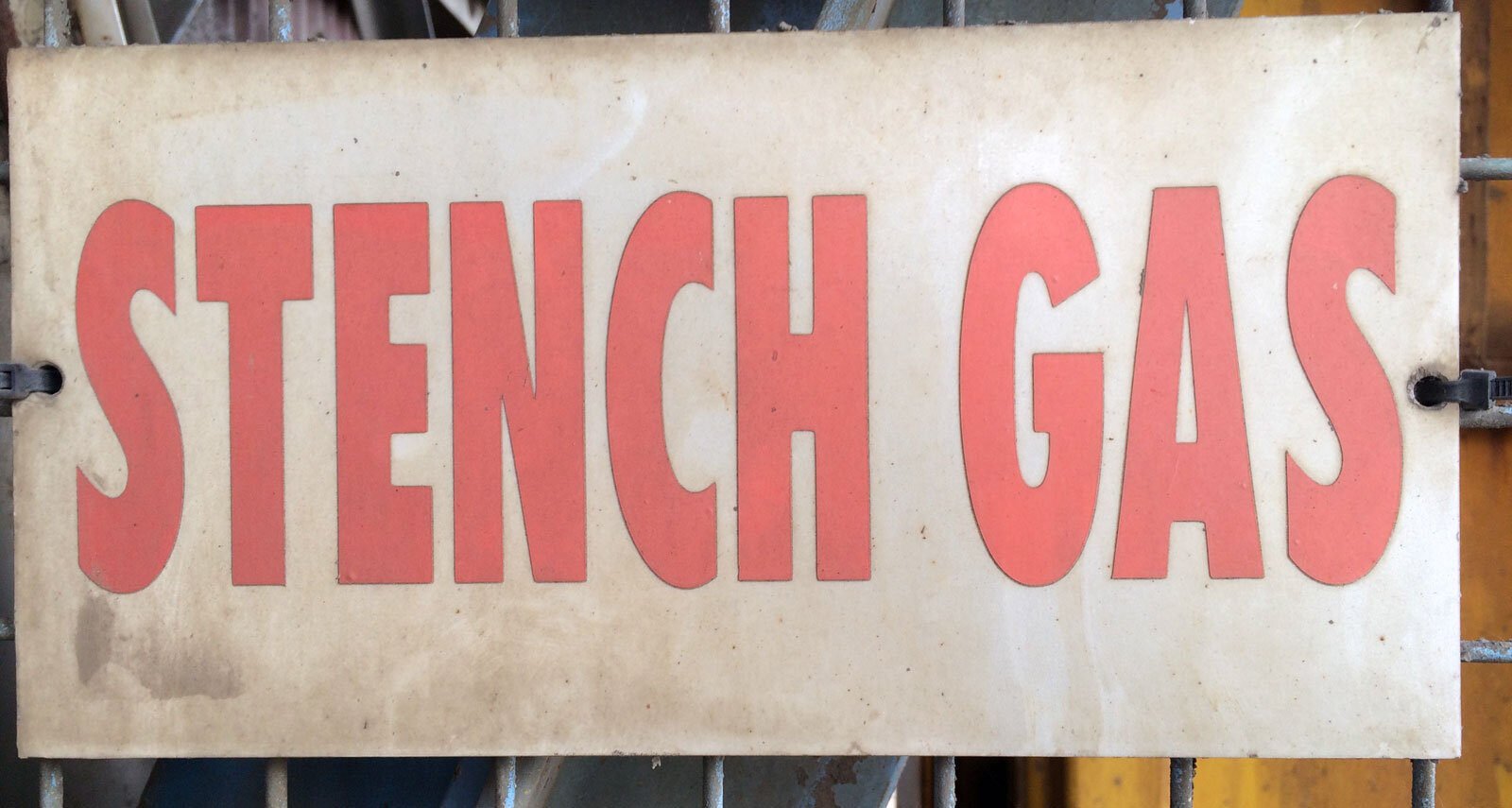Beaconsfield Mine and Heritage Museum
Long brick walls, with huge windows, rusted pipes that once held water, returning from an old steam engine room, that powered old engine yards. Greens trees dotted around an old mining facility, creating a clash of natural environment against crumbled industry infrastructure.
The pump shed collapsed. Huge brick walls lay in a jumble, like they weighed nothing at all, it looks like a giant has walked past and pushed the wall over as if it was Duplo. Steel rods, that once held the wall rigid, are bent like young willow branches, and as the years have passed trees and vines have grown over the red and crumbled bricks. It has not fallen onto flat ground, the angle the old wall lays on is steep, and below the rubble the ground falls away into an abyss; the rubble is held in place by years of weight, and steel, and luck.
Places marked "out of bounds" are like scenes from a Narnian story, secret walkways that lead into unexplored territory. Past the warning signs the cool air is welcoming, the rubble is misshapen and vines grow against the rock, creeping upward and upwards, to the top of a wall about four stories above me. A concrete boulder stops the path as I wonder if the Great Lion will greet me, and take me on an enchanted adventure.
Through a native garden, the water system is on and the ground, covered in moss, is damp. There is a pillar at the top, with ferns growing all around, so green and unexpected, with ruins and old places. I could get lost in all of the hidden places.
Old, very old
Jacqui plays an old pedal organ, while Adeline sits on her lap, slapping the keys. The boys try on some wigs, and look very cute. Nathanael and I sit down and watch a video describing how the Batman Bridge was built, it crosses the Tamar River, not too far from Beaconsfield.
Outside, among the boilers and steam engines there is a button, a press of the button and water starts to fall into the top of a large wheel. The bucket fills, the water starts pushing the wheel around, it gathers speed, turning round and round, moving cogs and belts that turn pistons that move heavy weights, that crush rock. The weights pound, making a large racket. then silence, the water has stopped.
Adeline squeals, one of her brothers had pressed the button and it was “My turn!”, the water starts up once again, then the wheel and then the noise.
Old, but not too old
My children have never had to use a phone with a dialing circle. Place a finger into the hole above a number, drag it around to the marker, and let it wind back to the start. Levi stands in front of an old cradle phone, and I ask him to dial 403, he is confused, and looks at me as if I should explain this ancient technology to him.
“It’s not that difficult.” I say. “Just put your finger in the number and drag it.” He does, the phone winds, and he smiles. “It takes so long to dial zero.”
I am not sure if I should be feeling old.
Old switch boards, red phones, and the possibility to send a telegraph. All old gear once used in the mine, technology had advanced so much in the last 100 years, flashing so fast past us we hardly notice when something new has become old.
Collapse
The Beaconsfield mine collapse was all over the news in 2006, it gained interest from all over the world, even the Foo Fighters wrote a song dedicated to the miners.
At the museum there is a whole room dedicated to the story, as told from the point of view of the miners, trapped underground for weeks, and personnel working at the mine. Newspaper clippings, a replica of the hole they were stuck in, the uniforms they were wearing, and a timeline to show what happened.
The display is not intense, it is not a ride to show thrills, but a thorough display of the facts. As I read about the event, it brings back memories of what happened, of news events, of how it captured the world's attention.
The mine was closed in 2012
Not only where we stand, on the mine site, but also far below the town, is the mine. The depth below our feet, how far they mined for gold, there are shafts reaching almost 1400 metres down below. A kilometre on a horizontal axis, like a road or river, I can visualise, heading down 1400 kilometres, under the rocks, and dirt, and clay makes me feel uneasy.
Trucks are down in the mine, taken in pieces no bigger than a dining table, and they never come out again, too expensive and not worth enough money. In fifty years, if the museum ever offered guided tours, there would be trucks, over half a century old, still down there.
A video shows how the staff worked below the surface. How they blasted, and dug, and engineered, and how everyone worked together (from the engineers to the miners) to source, and find, and mine the gold. In a tonne of rock, on average, they would get 7 grams of gold. All that work for 7 grams.
Fin
The Beaconsfield Mine and Heritage Museum is fun and informative. It was an excellent way to spend a morning, our children loved exploring in the past and learning about the present. We all loved the mine information, but the historic pieces, and the old mine buildings, grabbed our attention the most.

